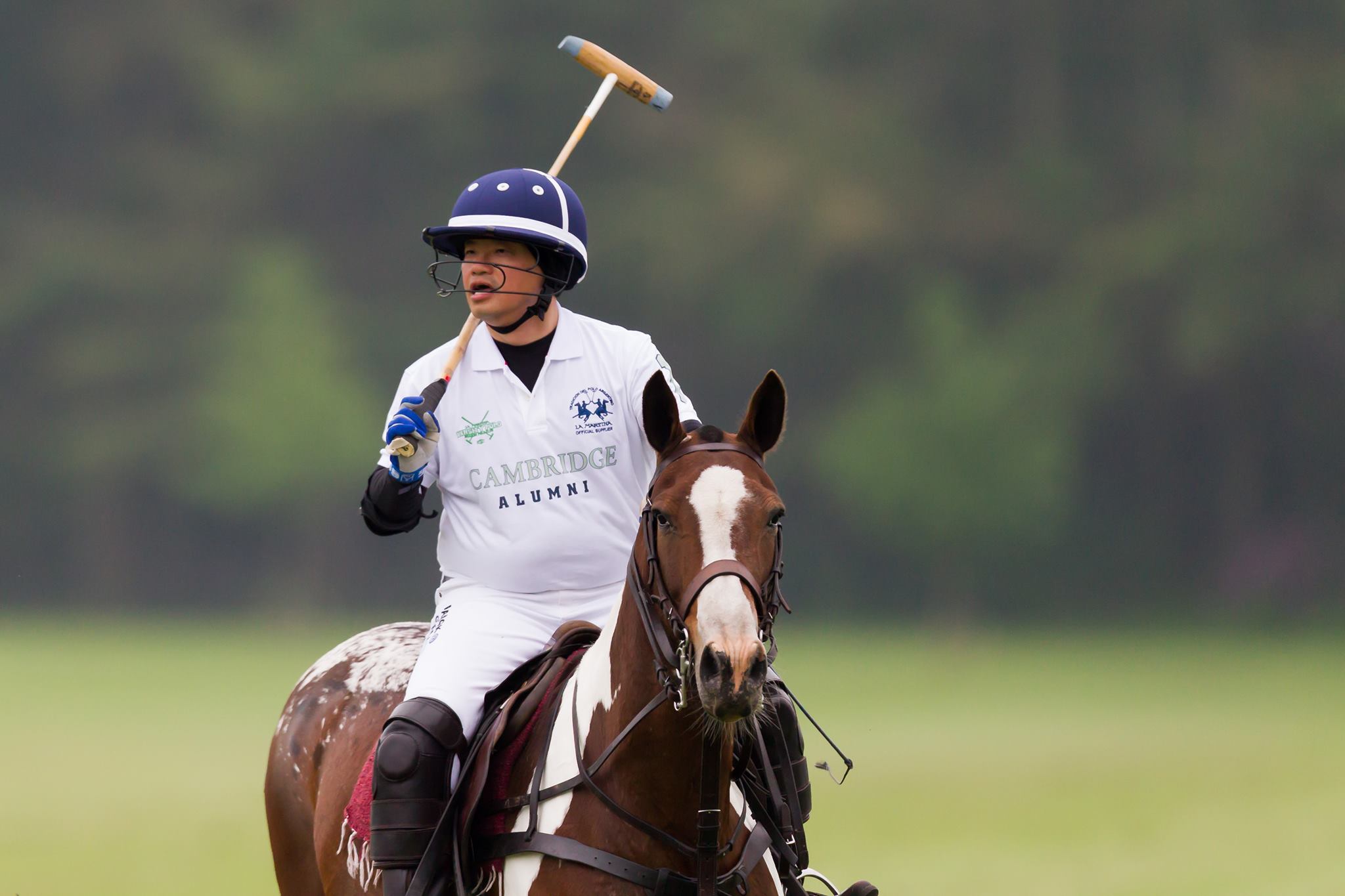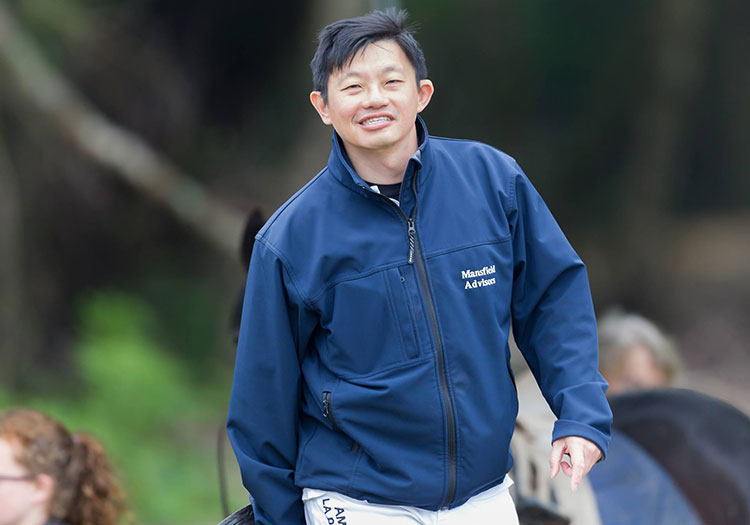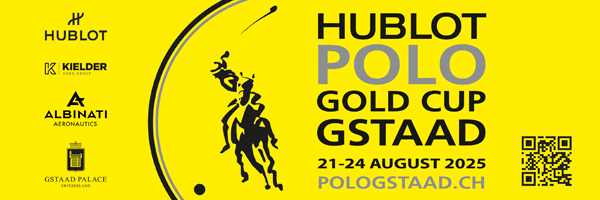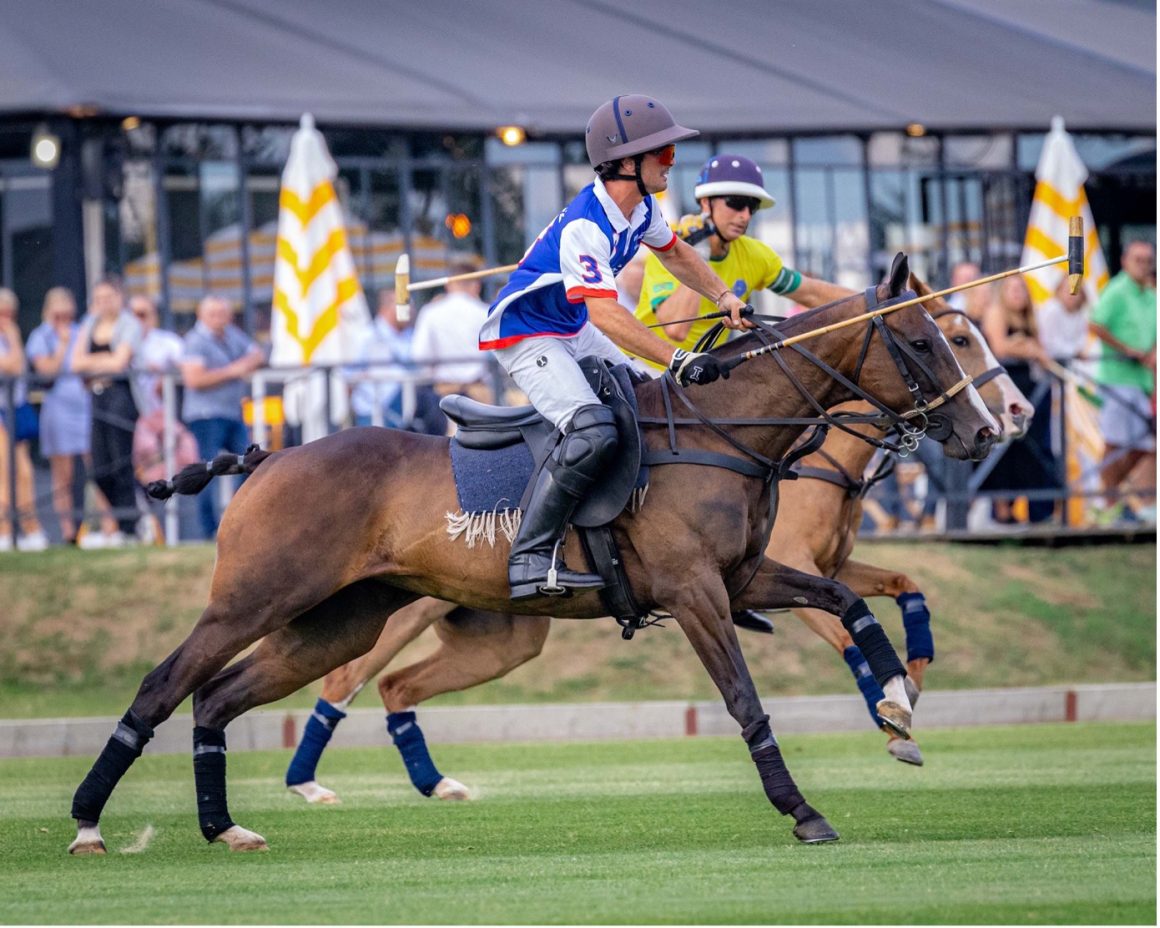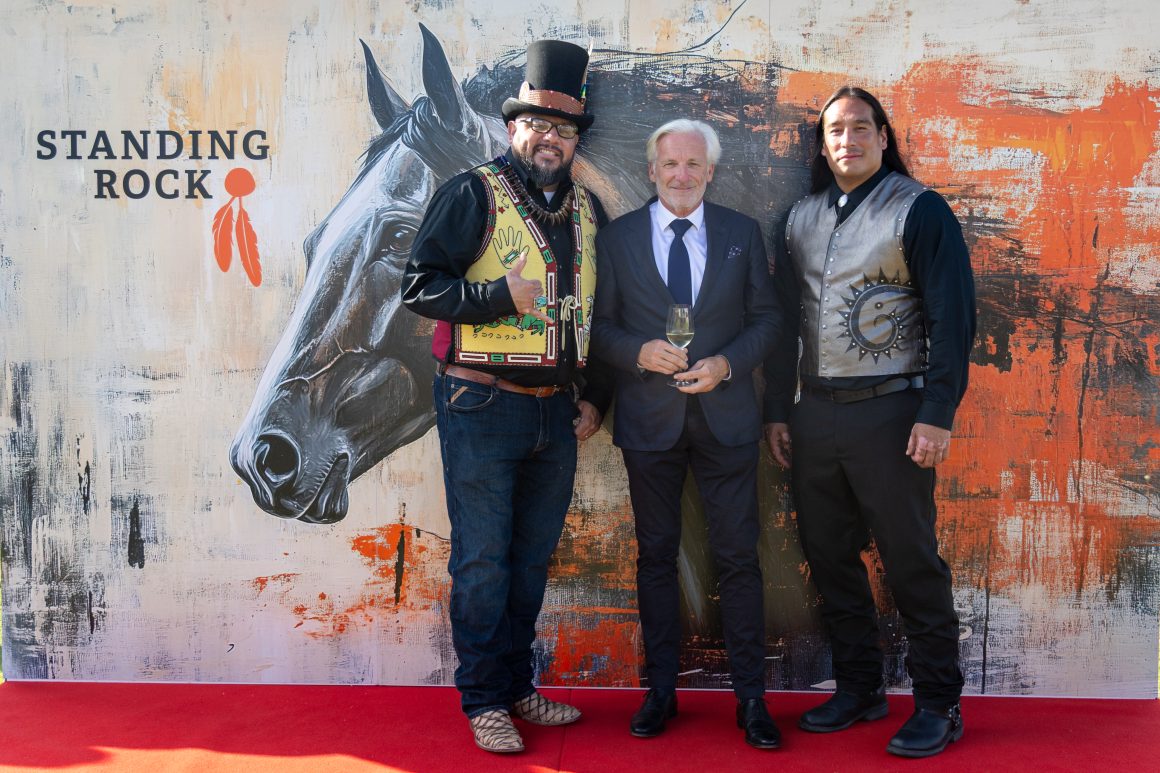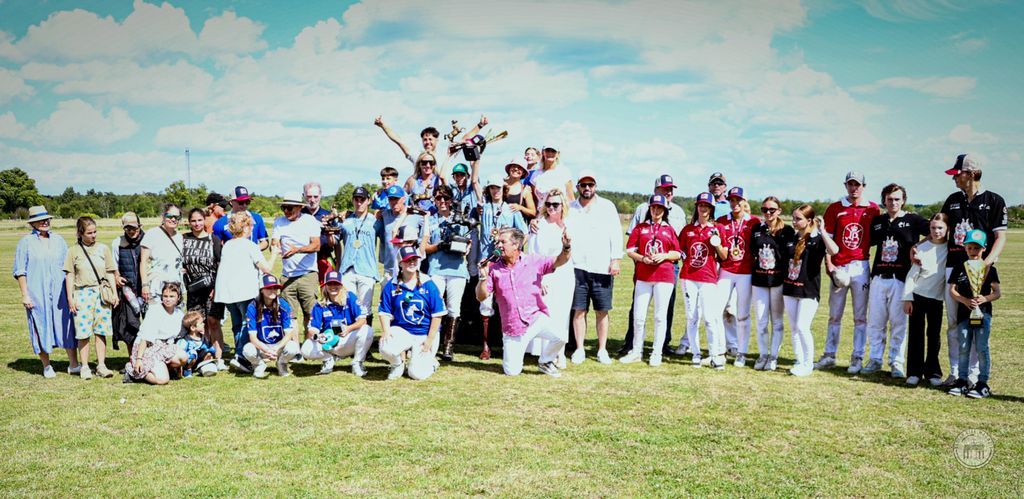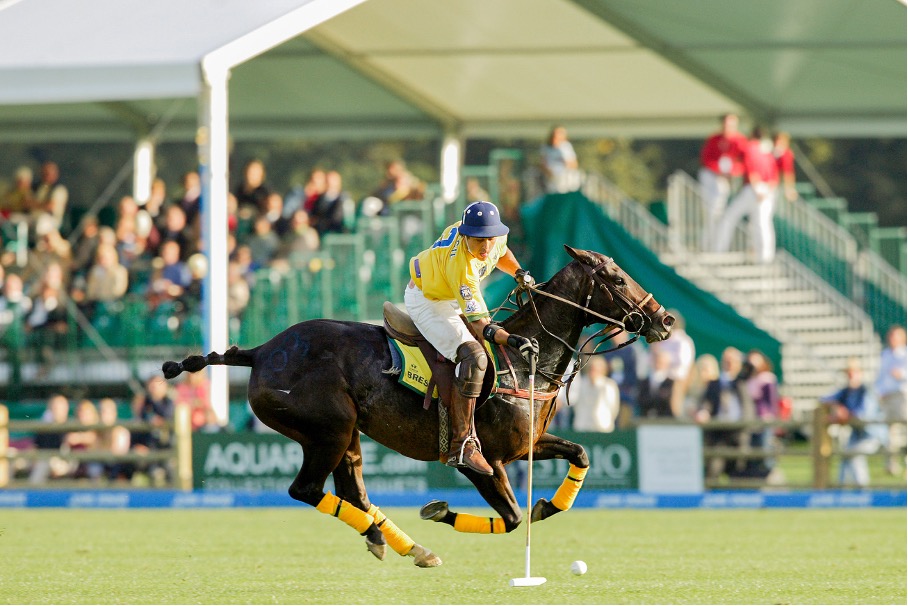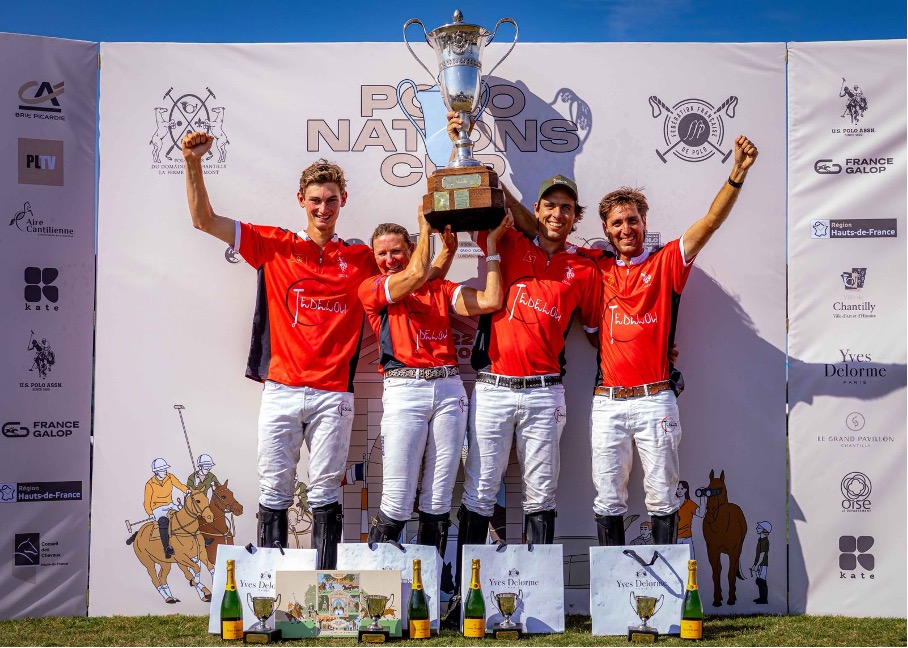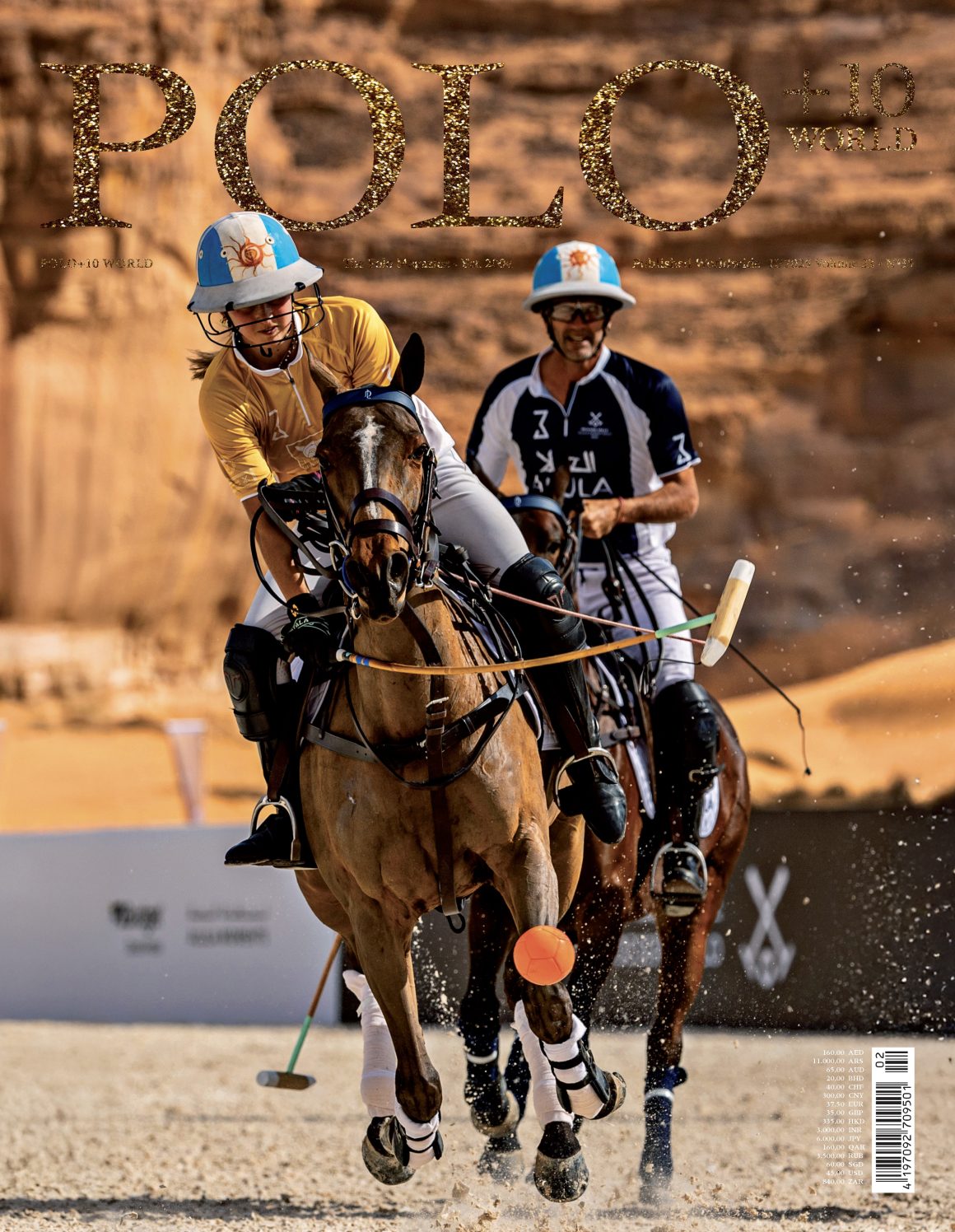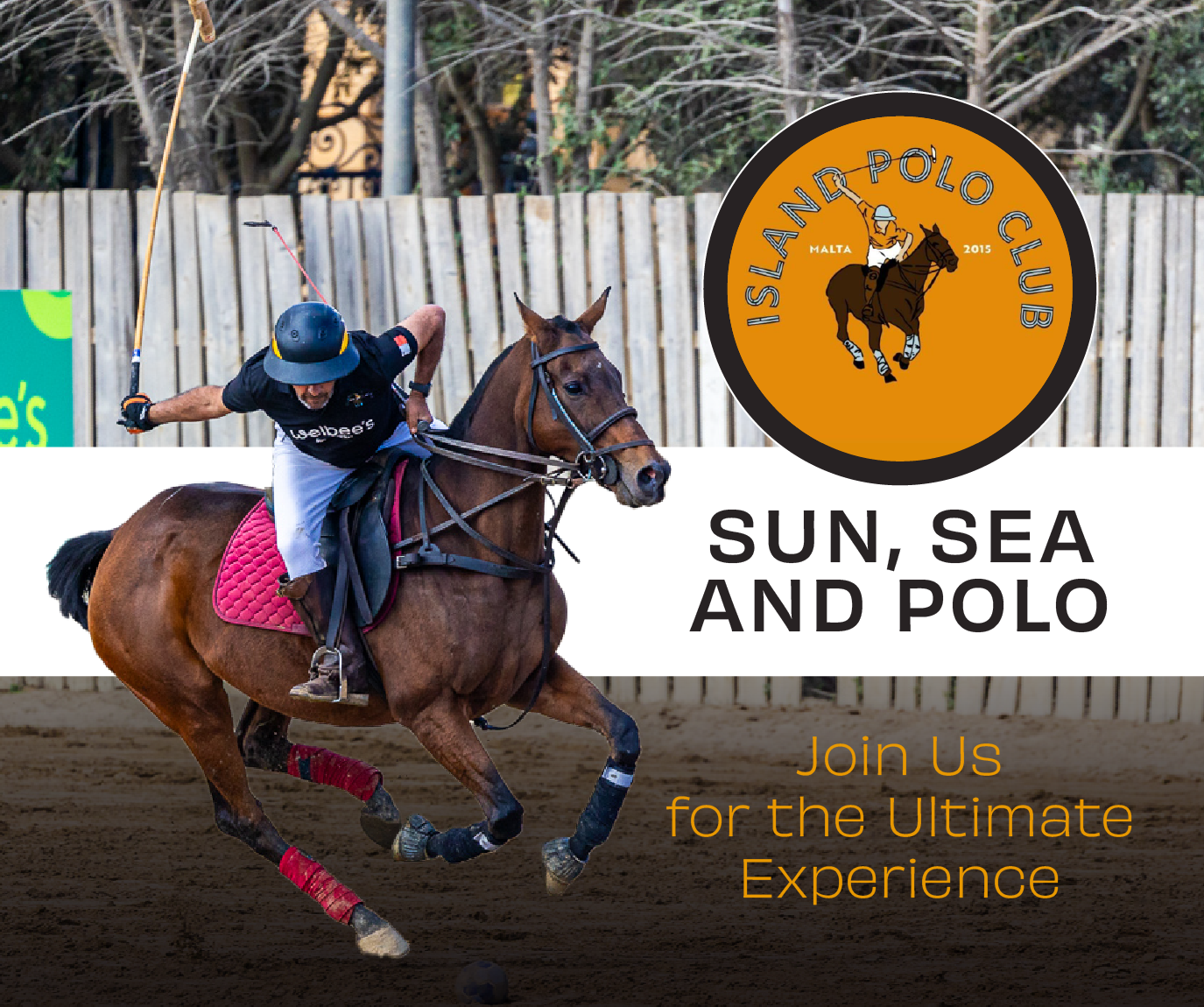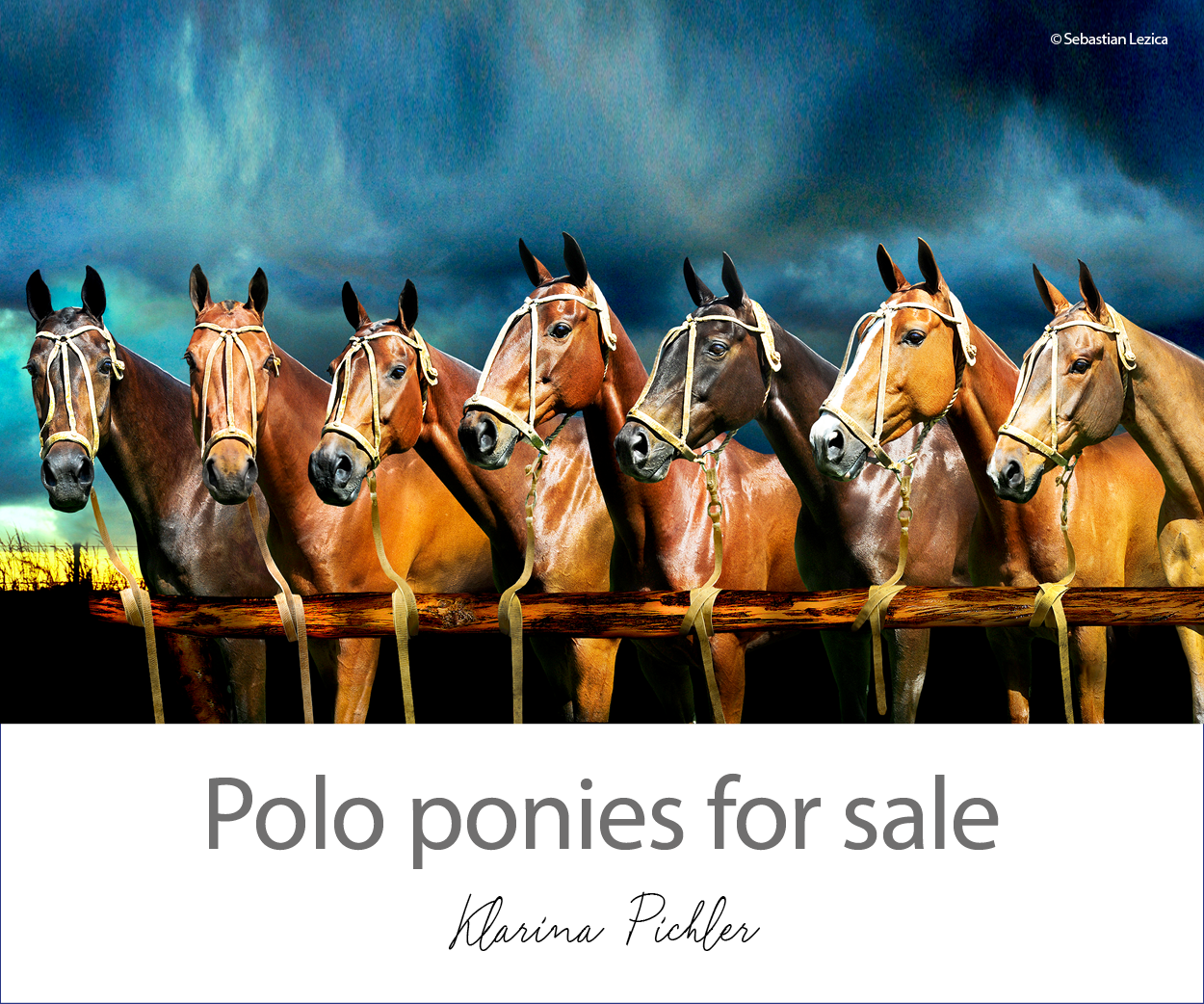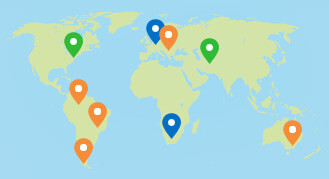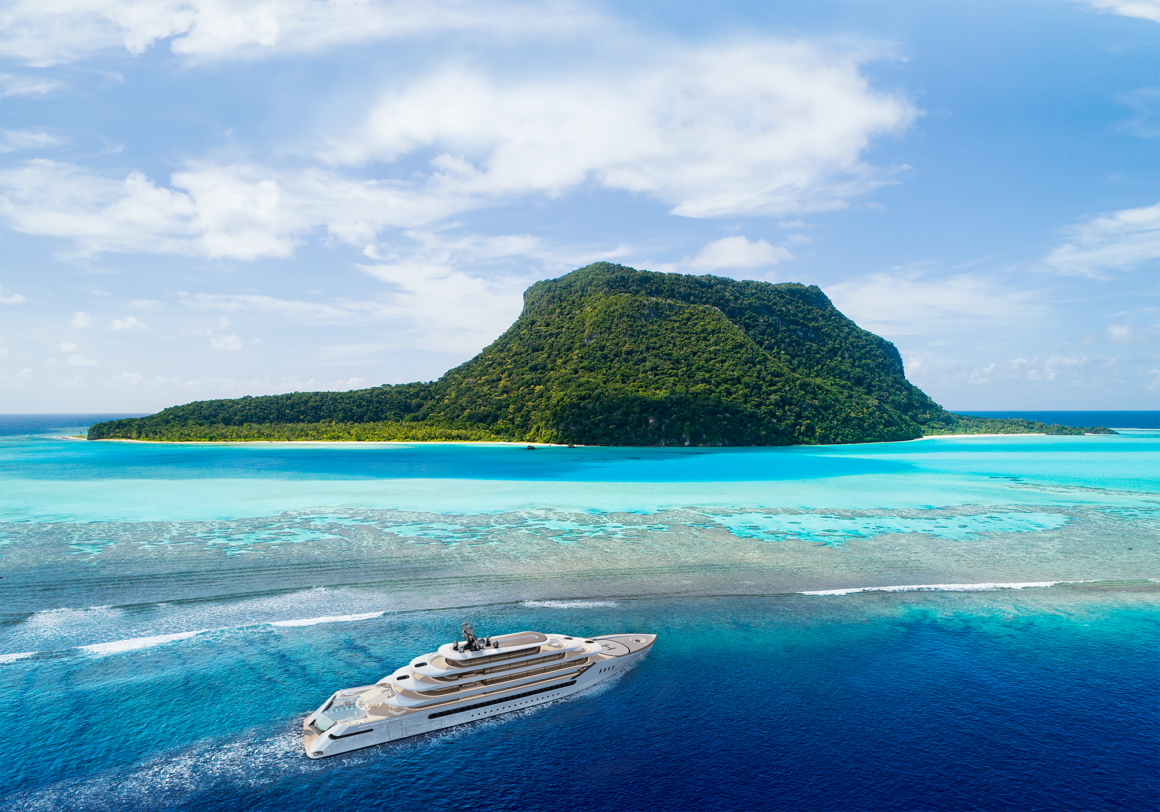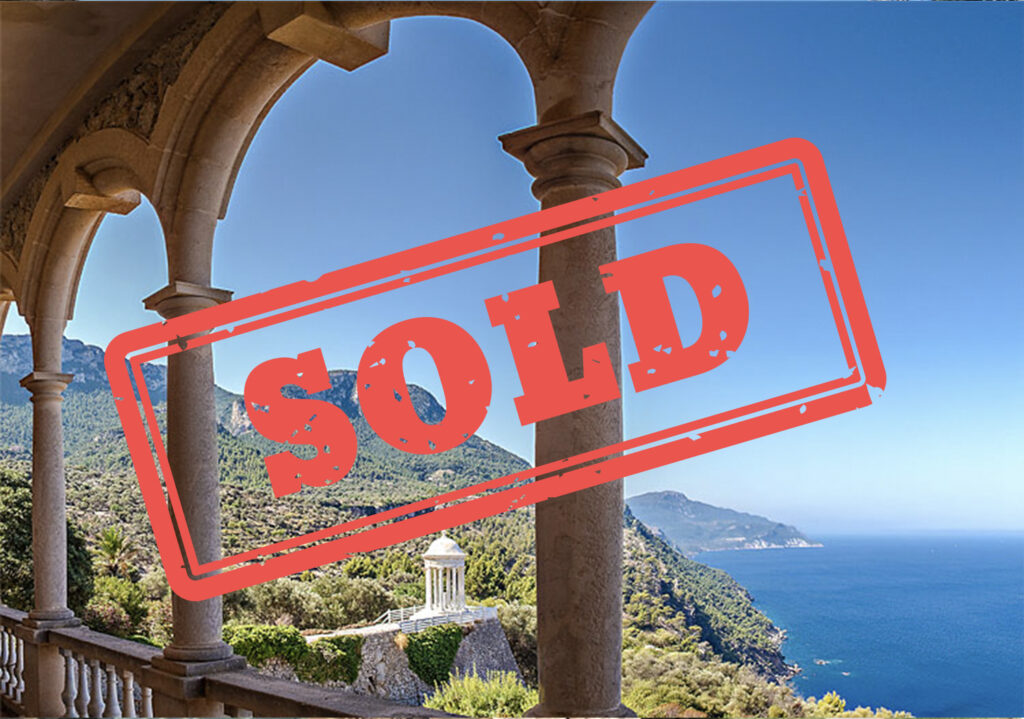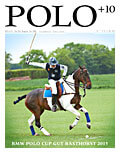Since 1 January 2018, the new HPA helmet rules apply. POLO+10 interview with Dr Victor Chua, chairman of the HPA Safety Panel and the HPA Disciplinary Committee, who is himself a surgeon and low-goal player from Cambridge.
FOR MANY YEARS, THE HPA CONSIDERED SAFETY EQUIPMENT AS A MATTER FOR INDIVIDUAL DECISION. WHY DID THEY CHANGE THEIR OPINION?
Polo is probably the only equestrian sport in the UK which does not have detailed rules on protective equipment. In the last five years, we have counted 5 fatalities due to head injuries in the US and UK; the total worldwide is greater. Polo players are busy and most do not prioritise reading up on safety standards, so an element of compulsion is necessary. Look at what the FIA has achieved by implementing rigid safety rules to the number of deaths in Formula 1 in the last 30 years, for example.
WHAT IS THE NEW RULE EXACTLY ABOUT?
From 1st January 2018, helmets have to adhere to one of the following standards, or successor standards. PAS015:2011, SNELL E2001, VG1 01.040 2014-12, UTAC/CRITT 04/2015. We are using the same standards as used by the British Horseracing Authority (BHA) and Irish Turf Club after extensive consultation with them.
HOW CAN I CHECK IF MY HELMET FITS TO THE NEW RULE?
The helmet should be marked with one of the above standards. The HPA is aware of the following helmets which meet the Standards in the chart below.
THE HPA ANNOUNCED THE RULE IN MARCH 2016 – OVER TWO YEARS AGO. DO YOU THINK THAT ALL INTERNATIONAL PLAYERS AND CLUBS ARE WELL INFORMED TODAY?
UK players are pretty well informed. However, I think that players outside the UK are generally not very well informed about the ‘helmet rule’. The HPA also requires clubs to appoint a Club Safety Officer, whose role is to promote and oversee safety within the club. We encourage our overseas affiliate clubs to appoint Safety Officers.
WHAT’S NEW IN HELMET TECHNOLOGY ?
The new rules have encouraged the development of two quite distinctive technologies. The ARMIS polo helmet has a system which protects against glancing impacts. The Instinct polo helmet uses an aluminium honeycomb to absorb impacts rather than expanded polystyrene.
DO ALL MANUFACTURERS PROVIDE HELMETS ACCORDING TO THE NEW GUIDELINES?
I believe that La Martina, Casablanca, and Falcon are all in the process of producing helmets which are compliant with the new guidelines, but they have not sent me their final test certificates. It will be good to have their participation.
WHAT IS THE DIFFERENCE BETWEEN TYPE APPROVAL AND QC? WHAT ABOUT THE KITEMARK? WHAT ABOUT CE MARKS?
A CE mark means that the helmet meets the EU requirements for “Personal Protective Equipment”, and is required for retail sale of helmets in the EU. A CE mark is obtained by “type approval” which means that helmets are submitted to an EU registered testing organisation and these helmets are tested. The manufacturer self-certifies that the helmets for sale are of the same type and standard as those tested. A QC mark goes further and typically requires regular testing and a factory audit. The BSI Kitemark is a type of QC Mark, but there are others QC marks promoted by other testing laboratories, eg. SEI, IC, Snell. Regular independent testing will give the user the greatest confidence that the helmet purchased is of satisfactory quality.
TO WHOM CONCERN THE NEW HELMET RULES? EVERY PLAYER ALL OVER THE WORLD?
Broadly speaking, the HPA’s rules cover players who are not in the USA or Argentina. But players in the US and Argentina should be aware that safety rules are coming. We have been discussing with both the USPA and the AAP safety committees. The USPA is bringing in their own helmet rule from June 2020. Their standard is based on the NOCSAE standard, which is a stricter standard than the European standards, and results in a heavier helmet. NOCSAE is based on American football and the European standards are based on horse-racing. The AAP safety committee is six months old and has yet to issue standards, but we have shared our data with them and will support them as they decide what to do. For us the important things are: three-point harness, to avoid helmets falling off on impact, and appropriate shock-absorbing material to reduce the g-forces on the head to below 250g.
WHICH ARE HPA-AFFILIATED INTERNATIONAL POLO ASSOCIATIONS?
Australia, Austria, Barbados, Brunei, China, Denmark, France, Germany, Ghana, Greece, India, Jamaica, Kenya, Malaysia, New Zealand, Nigeria, Pakistan, Czech, Singapore, South Africa, Sweden, Switzerland, Thailand, Turkey, Zambia, Zimbabwe
HOW LONG DOES A HELMET NORMALLY STAY ALIVE AND FUNCTIONAL, WHEN SHOULD I CHANGE IT?
Helmets should be changed every four years or after a major impact, which deforms the shock-absorbing material.
WHICH PRODUCT AND MANUFACTURER DO YOU PREFER PERSONALLY?
I have personally purchased helmets from almost every manufacturer, as I am very interested in safety and I wish to see the advances for myself before writing about them. I like them all, they are all major advances on the traditional two-point harness model.
www.hpa-polo.co.uk/2018-helmet-regulations/
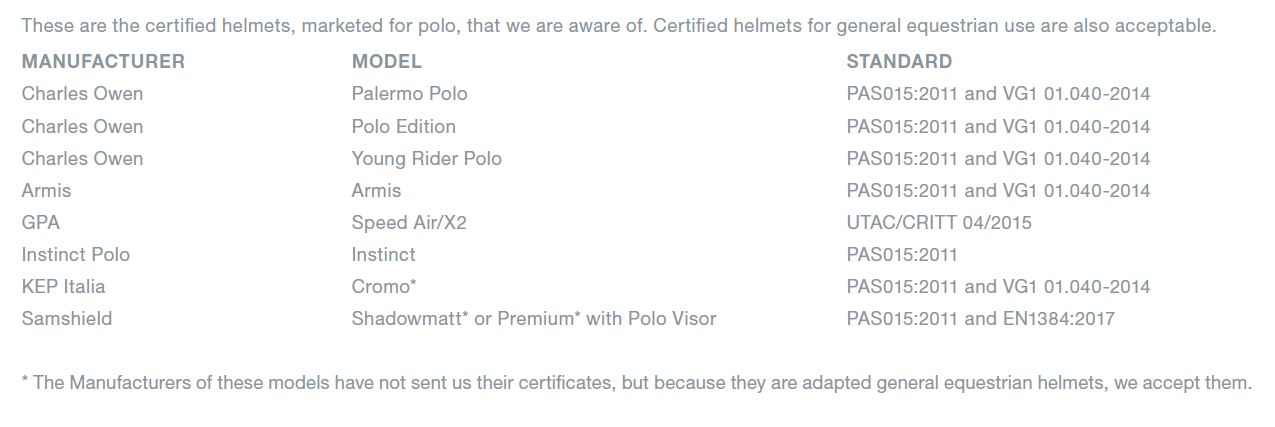
Photo: Dr Victor Chua.
